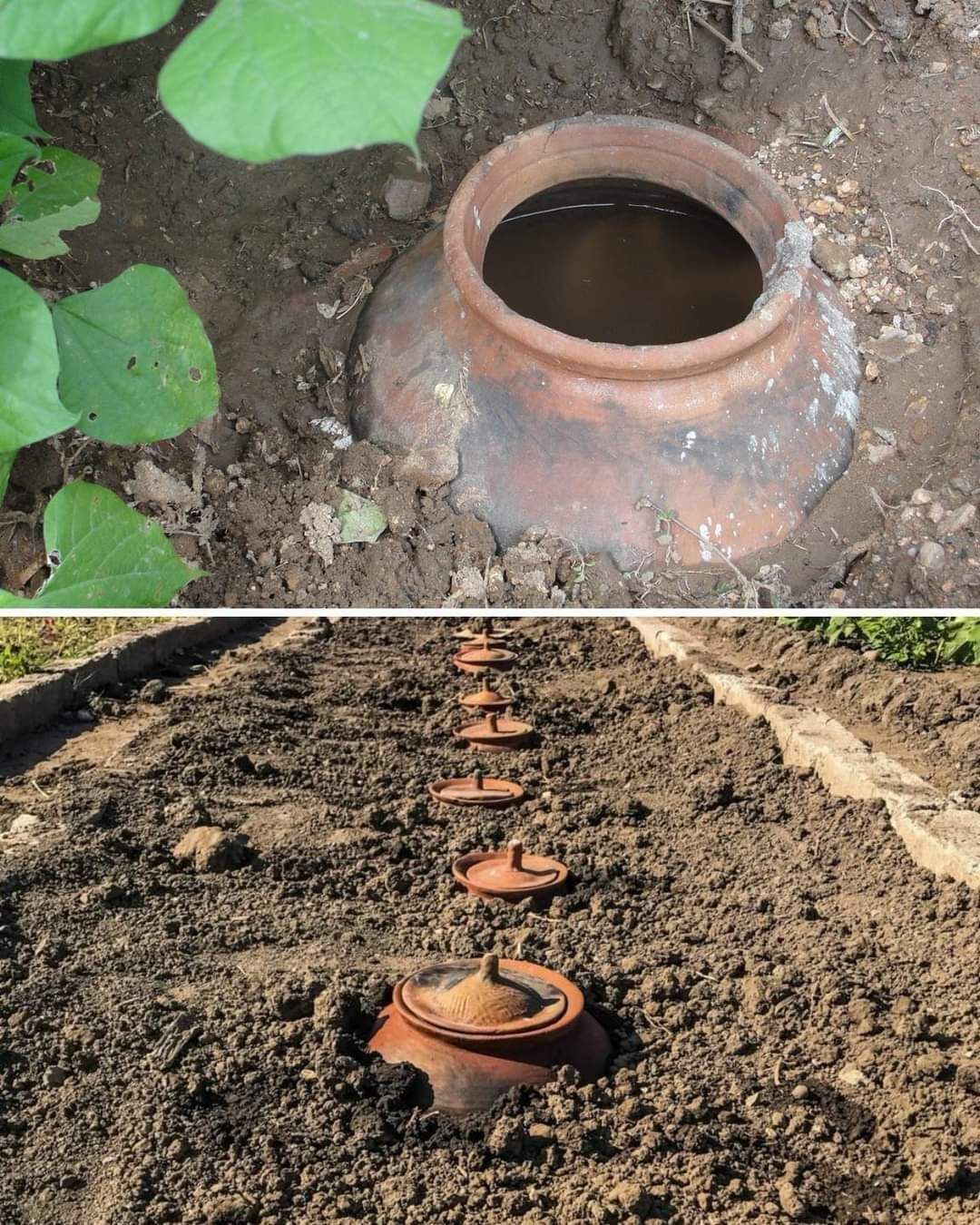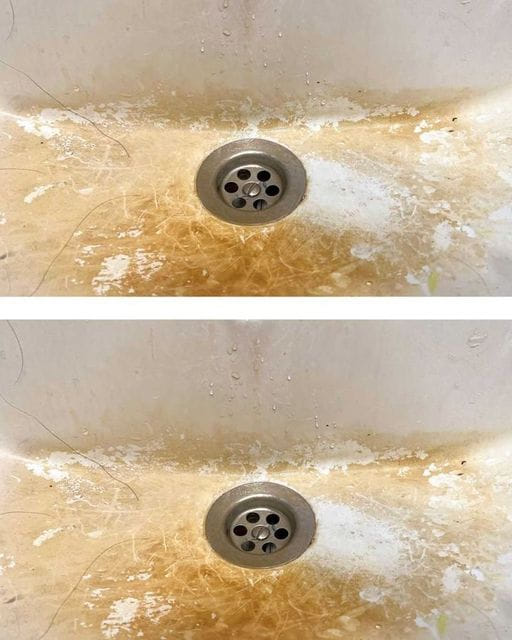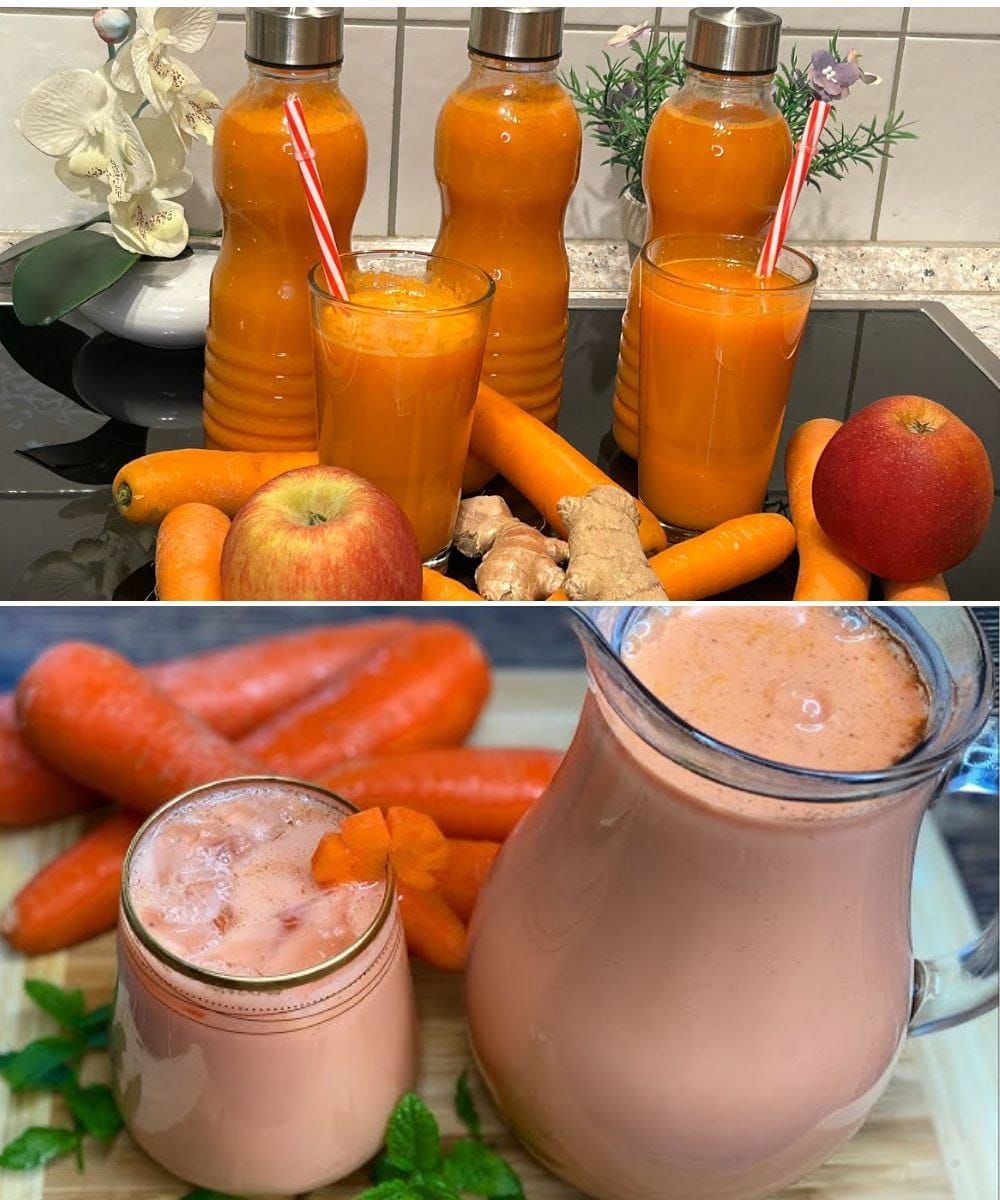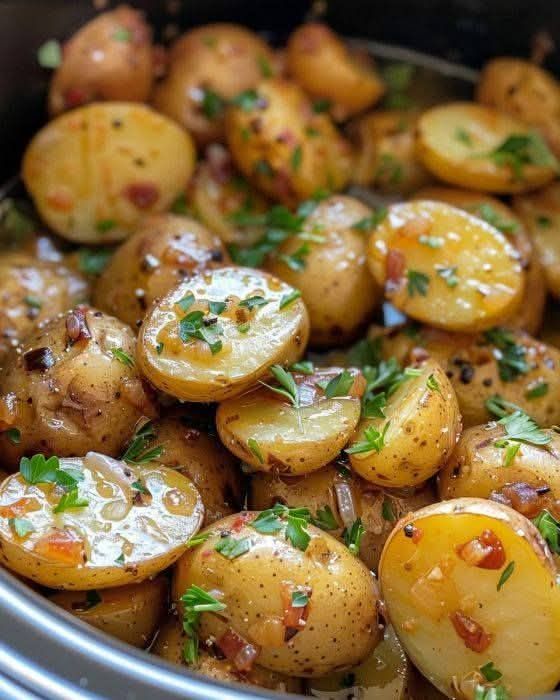Benefits of Using Ollas
- Water Conservation: One of the most significant advantages of using ollas is their ability to conserve water. Traditional irrigation methods often lead to substantial water loss through evaporation. In contrast, ollas allow for slow, efficient moisture delivery, reducing overall water consumption.
- Reduced Labor: Ollas can also simplify the watering process. Once installed, they require less frequent attention compared to conventional watering systems. This is particularly beneficial for busy gardeners or farmers who may not have the time for daily irrigation.
- Drought Resilience: For regions facing water scarcity or prolonged droughts, ollas offer an effective solution. By ensuring consistent moisture levels in the soil, plants are better equipped to withstand dry conditions, promoting sustainable agriculture.
- Enhanced Soil Health: The use of ollas can improve soil structure and health. The gradual release of water helps maintain optimal moisture levels, promoting beneficial microbial activity in the soil, which is crucial for nutrient cycling and plant health.
Implementing an Olla System
To set up an olla irrigation system, follow these steps:
- Select the Right Location: Choose a spot in your garden where you want to plant crops. Ensure it receives adequate sunlight and is suitable for the types of plants you intend to grow.
- Dig the Hole: Create a hole in the soil that can accommodate the olla and allow for surrounding plants. The depth should ensure that the top of the olla is level with the soil surface.
- Position the Ollas: Place the ollas into the hole, ensuring that they are stable and that their tops are either level with or slightly below the ground.
- Fill with Water: Fill the ollas to the top with water. The porous walls will begin to release moisture into the surrounding soil.
- Cover and Plant: Cover the tops of the ollas with soil to protect them from evaporation. Plant your crops around the ollas, allowing roots to access the moisture.
- Monitor Water Levels: Regularly check the water level in the ollas and refill as needed. Adjust the watering frequency based on the specific requirements of your plants.
Conclusion
Ollas embody an ancient wisdom that is highly relevant in today’s quest for sustainable agricultural practices. By integrating ollas into modern gardening, we can not only preserve water resources but also foster healthier plant growth. This simple yet effective technique allows gardeners and farmers to honor the traditions of the past while embracing innovative solutions for a sustainable future. As awareness of water conservation grows, ollas offer a promising path forward in sustainable irrigation practices.
4o mini
Pages: 1 2





